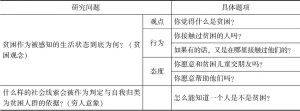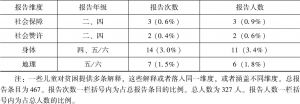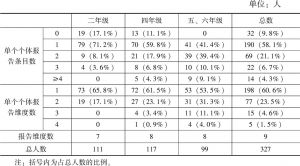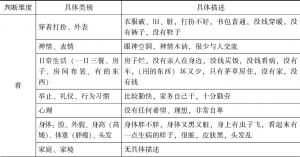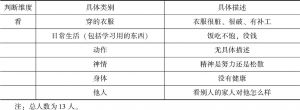章节
儿童贫困表征:年龄效应与城乡效应
摘要
本研究尝试突破为经济短缺表象所遮蔽的贫困研究和贫困治理,基于儿童视角的贫困表征,力图探究主观贫困对于贫困者困境的建构功能。研究采用开放式问卷,对温州市区、郊区和乡村的三所小学进行调查。研究发现,儿童的贫困表征内容远比官方定义的丰富且存在年龄效应。城市儿童贫困知识的精细化程度显著优于同龄的郊区与乡村儿童,并且这种城乡区分随年龄的增长日益严重;城市儿童的贫困判断线索也远比贫困儿童多元而精细。研究揭示,阻断儿童贫困再生产的干预可从贫困表征入手,并应在不同处境的儿童出现对贫困的认知与判断分化之前进行。
作者
检索正文关键字
章节目录
- 一 导论:相对贫困之殇
-
二 为经济短缺表象所遮蔽的贫困研究
- (一)贫困政治经济学
- (二)多元研究路径
-
三 研究框架:以儿童贫困表征为中心
- (一)理论框架
- (二)研究设计
- (三)分析框架
-
四 贫困表征的年龄效应
- (一)超越客观贫困的主观贫困
- (二)同质化的交往与救助意愿
- (三)贫困表征的年龄差异
-
五 贫困表征的城乡效应
- (一)差异化的知识精细程度
- (二)随年龄的增长而加剧的群际差异
-
六 异质化的贫困者意象:城乡儿童之对比
- (一)城市四年级学生眼中的贫困者意象
- (二)贫困儿童的贫困者刻板印象
- 七 结语:构建去范畴化的精准扶贫策略
相关文献
查看更多>>>


